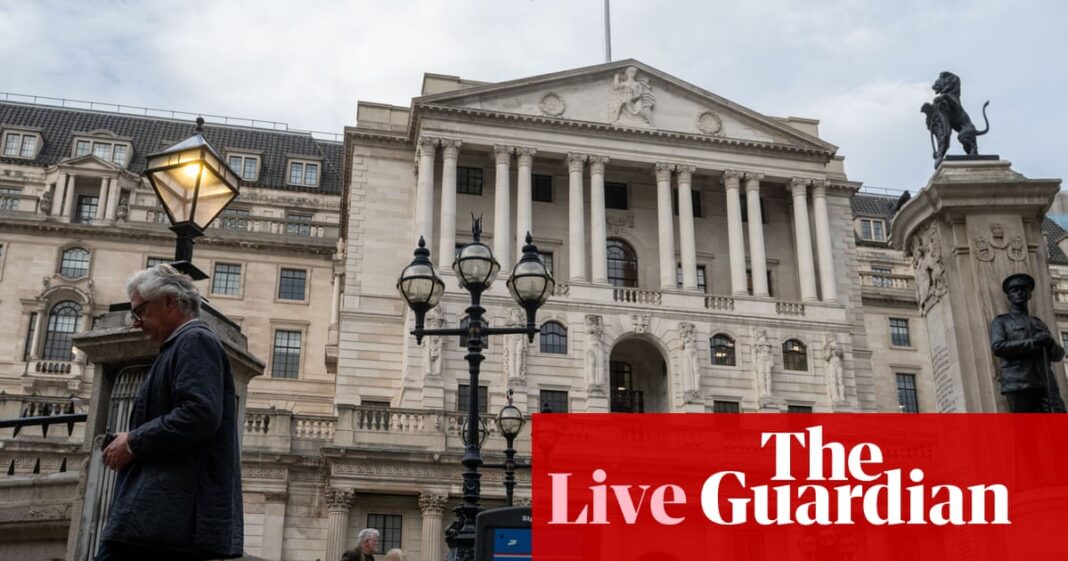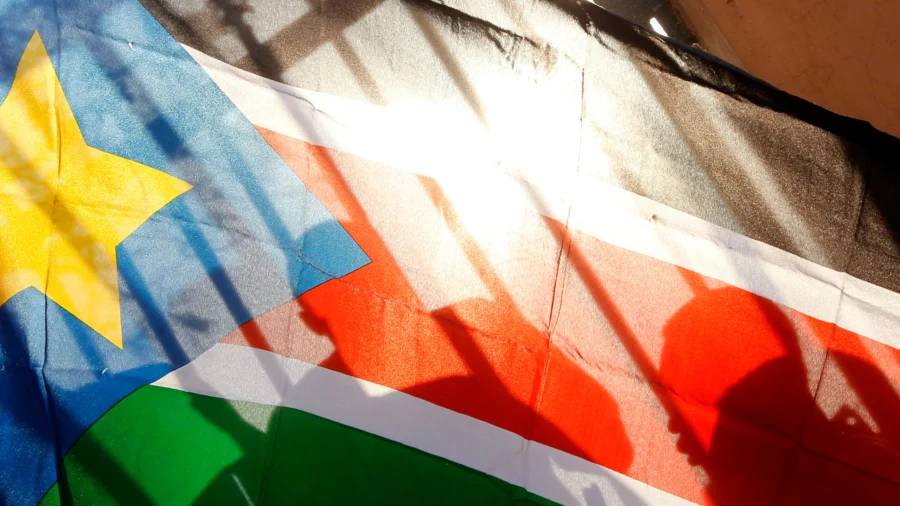For consumers, it means borrowing costs will stay elevated. Mortgage repayments, personal loans and credit card bills will continue to feel the squeeze.
At the same time, the return on savings remains modest, offering little relief for households trying to rebuild buffers, according to Matthew Allen, lecturer in economics at the University of Salford.
For businesses, he said that a freeze means that investment decisions may be held back, as firms remain cautious about launching major expansions or hiring drives when financing costs are still relatively high and cost pressure is still significant.
Mr Allen said:
“The Bank of England (BoE) is expected to hold its bank rate at 4%, which signals that although inflation remains stubbornly above target, the central bank is adopting a wait-and-see stance.
With headline inflation running at 3.8%, well above the BoE’s 2% target, this is more than a technical decision. It matters.
From a policy-perspective, the decision reflects a delicate balancing act. The BoE is signalling it does not want to stoke growth to the point of reigniting inflation, but equally it faces the risk that keeping rates too high for too long could choke off economic activity. Indeed, commentary suggests the BoE will tread cautiously on any rate cuts.
Mr Allen also pointed out that the broader context matters. Global pressures remain intense, with trade frictions and the disruption following Brexit compounding domestic cost pressures.
He said:
These external shocks increase input costs, weaken supply chains and mean that inflation isn’t purely home-grown.
Meanwhile, the government headed by Rachel Reeves faces its own challenge. With finances under strain and the cost-of-living squeeze still acute, the forthcoming November Budget looms large.
There have been several hints that income tax rates will be increased. It is apparent that tax rises are required to fill the fiscal gap, that in turn could feed into inflationary pressures or weigh further on household incomes.
In short: the 4% rate freeze is a pragmatic move, but it doesn’t resolve the underlying tension, inflation is too high, growth too weak, and both households and businesses remain caught in the crosswinds of policy, global headwinds and cost pressures. Until either inflation drops meaningfully closer to target, or fiscal and trade headwinds ease, the pressure remains.


